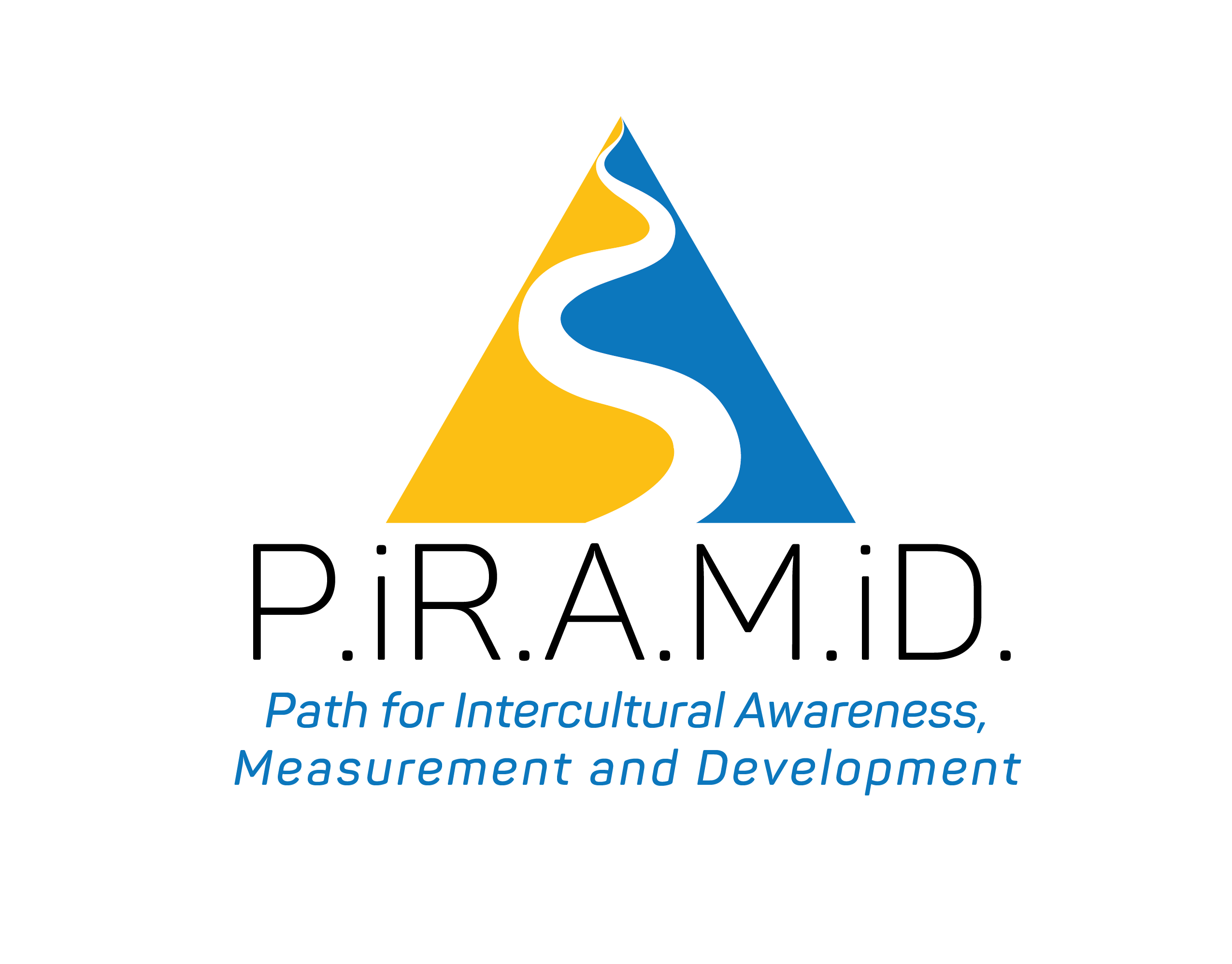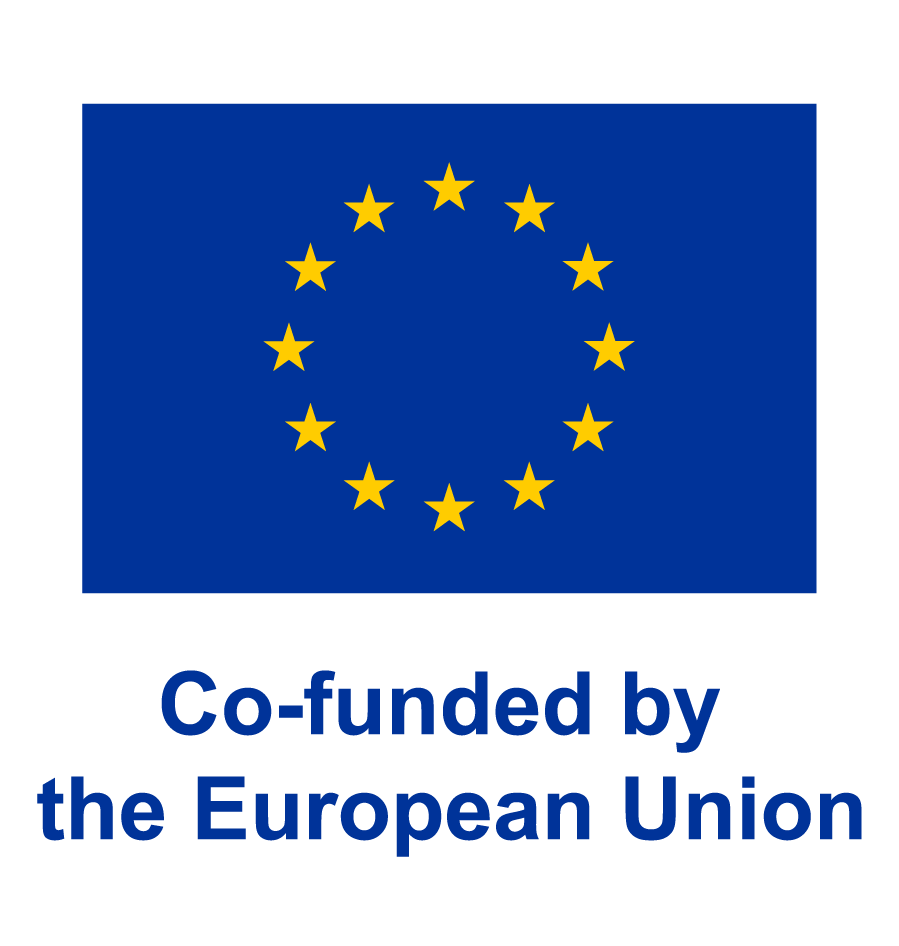This website use cookies to ensure you get the best experience on our website

P.IR.A.M.iD
2023-1-ES01-KA220-VET-000157060
Global leadership: adapting your style to cultural expectations
02 April 2025

In an increasingly interconnected professional world, intercultural competence has become an essential quality for leaders. A good leader in one country may prove ineffective in another if they fail to understand the cultural expectations of their environment. Far from being universal, leadership takes diverse forms shaped by local mindsets, values, and traditions.
Understanding the cultural diversity of leadership styles
In his book When Cultures Collide, Richard D. Lewis identifies three major cultural types that strongly influence leadership behavior:
Linear-active cultures (e.g., Germany, Switzerland, Northern USA): task-oriented, focused on planning, logic, and efficiency.
Multi-active cultures (e.g., Italy, Latin America, Arab countries): relationship-driven, expressive, valuing communication and intuition.
Reactive cultures (e.g., Japan, China, Korea): cautious and respectful, grounded in listening, modesty, and harmony.
These distinctions are far from anecdotal. They deeply affect how employees perceive a leader, what they expect from them, and how they respond to their decisions.
Three leadership styles
Connecting with the above mentioned culture types, we can make a difference between three main leadership styles. The linear-active leader is the one for whom efficiency matters more than anything else. In a culture like Germany’s, a good manager is an organized expert who follows procedures, plans long-term, and leads through logic. The objective and task orientation is central; interpersonal relations come second.
On the other hand, the multi-active leader chooses to inspire through emotion. With Lewis’s words, they are “much more extroverted, rely on their eloquence and ability to persuade and use human force as an inspirational factor”. In Latin America, for example, charismatic leaders who motivate through language, humor, and emotion are highly valued. Building strong personal connections with the team is essential, even if it means being flexible with time and priorities.
The third type of leader is the reactive leader, a “silent influencer”. In Japan or Korea, leaders are expected to be equally people oriented but discreet, wise, and respectful figures. They inspire trust through listening, observation, and maintaining group harmony and an excellent atmosphere.
This description shows how each leadership style reflects the deeper values of its culture: efficiency and organization in linear-active cultures, human warmth and adaptability in multi-active societies, and elegant restraint in reactive cultures. Misunderstandings can emerge anytime we talk about differences: a North American leader promoted to head a Chinese team might come across as too direct or rushed, risking a loss of trust among team members. Conversely, a Japanese manager in an Italian company might be perceived as passive or distant.
Tips for multicultural leaders
Global leadership is not about a one-size-fits-all personality, it's about cultural adaptability. Lewis’s model shows that a leader’s competence lies as much in their ability to understand others as in their strategic vision. In a world that is increasingly multicultural, being a great leader means skillfully navigating the unspoken expectations of every culture. Let’s gather some useful tips for multicultural leaders:
Observe before acting: each culture has its own codes - read them before asserting yourself.
Adapt your communication style: whether direct or indirect, expressive or reserved, depends on the cultural context.
Practice humility and listening: universally appreciated traits, but expressed differently across cultures.
Resources:
When Cultures Collide. Leading across cultures (Third edition). Richard D. Lewis. Printed in Finland by Bookwell, 2006, 1999, 1996.

This project has been funded with support from the European Commission.
This publication reflects the views only of the authors, and the Commission cannot be held responsible for any use which may be made of the information contained therein.
